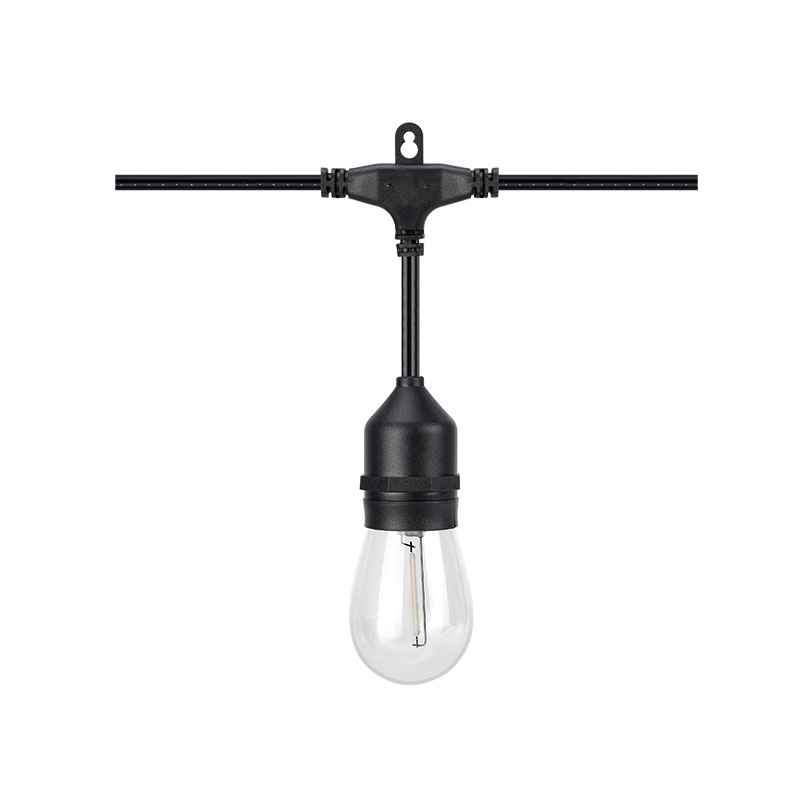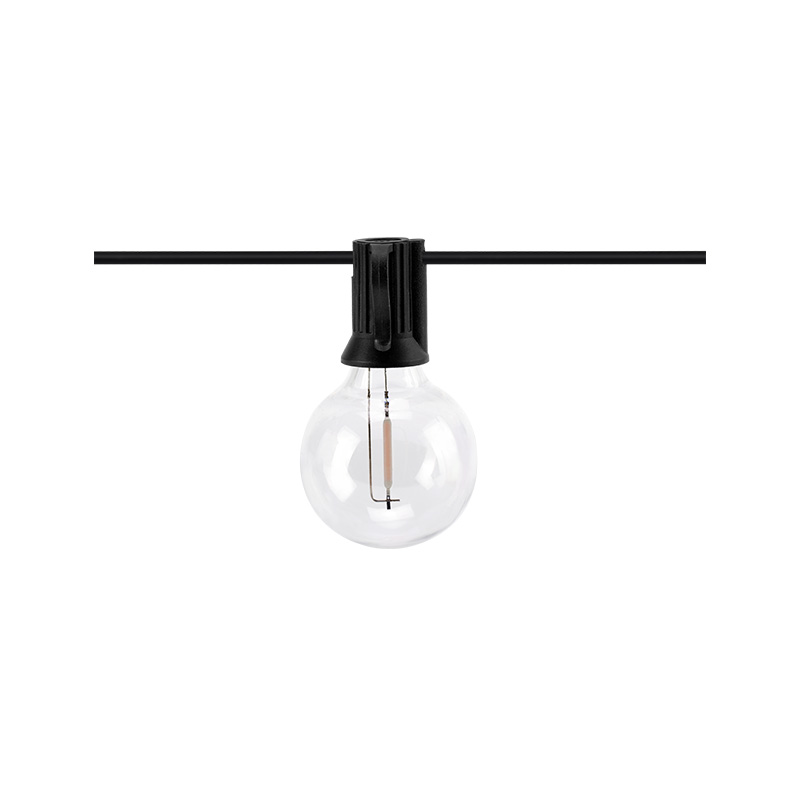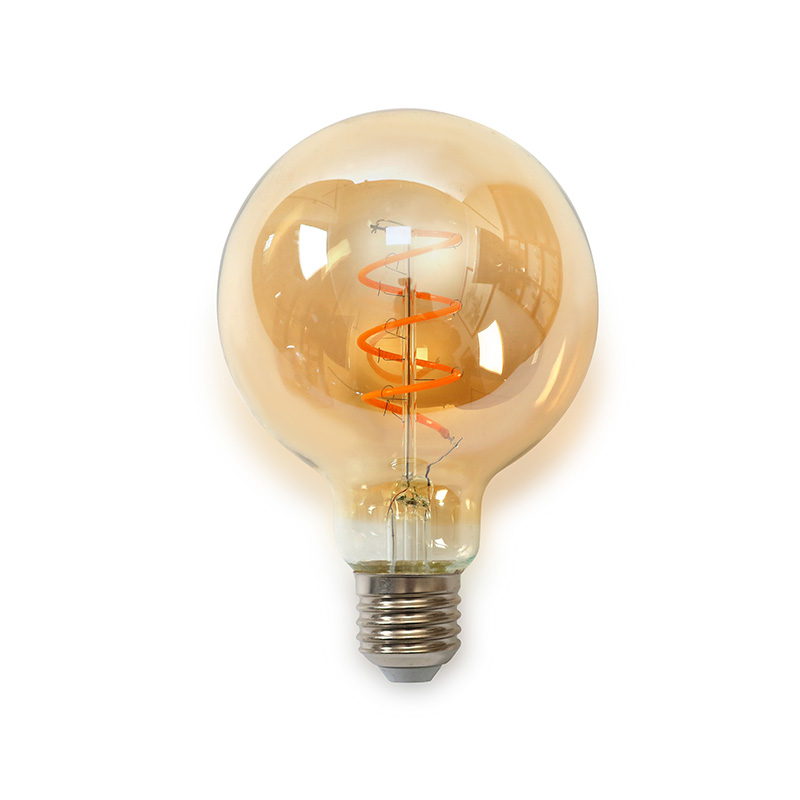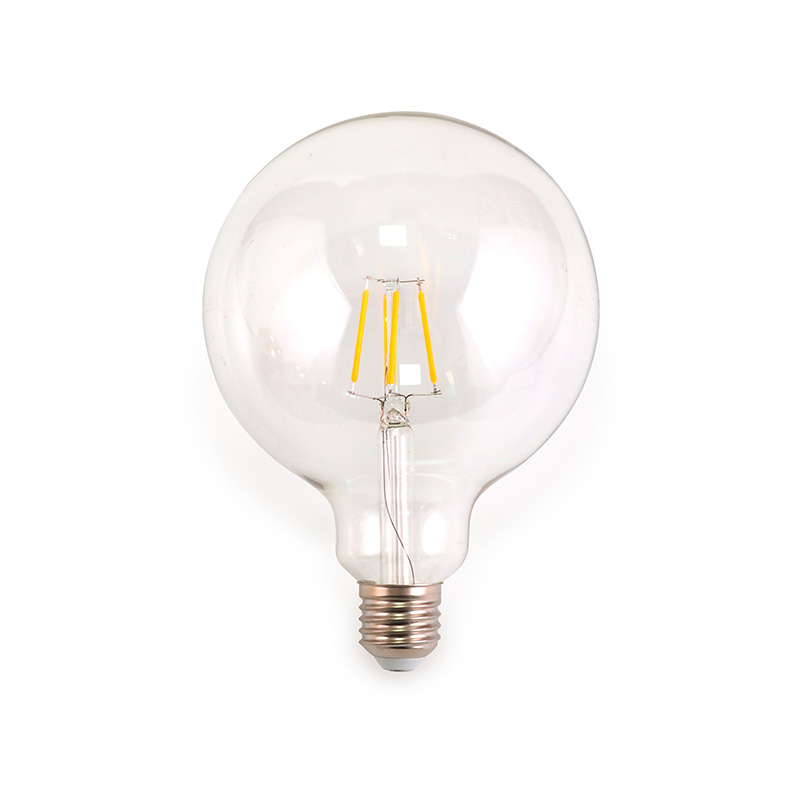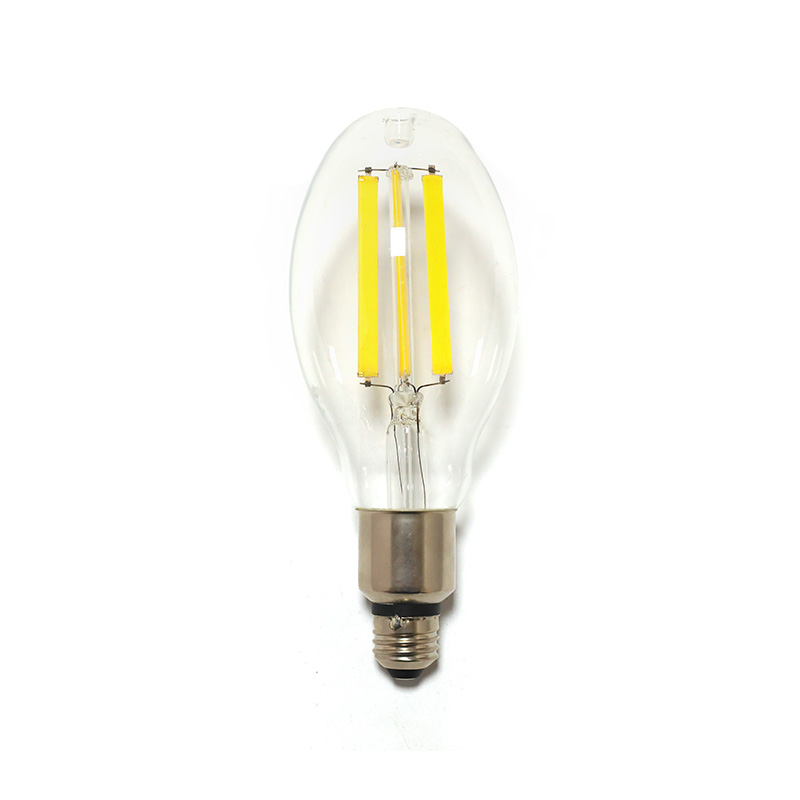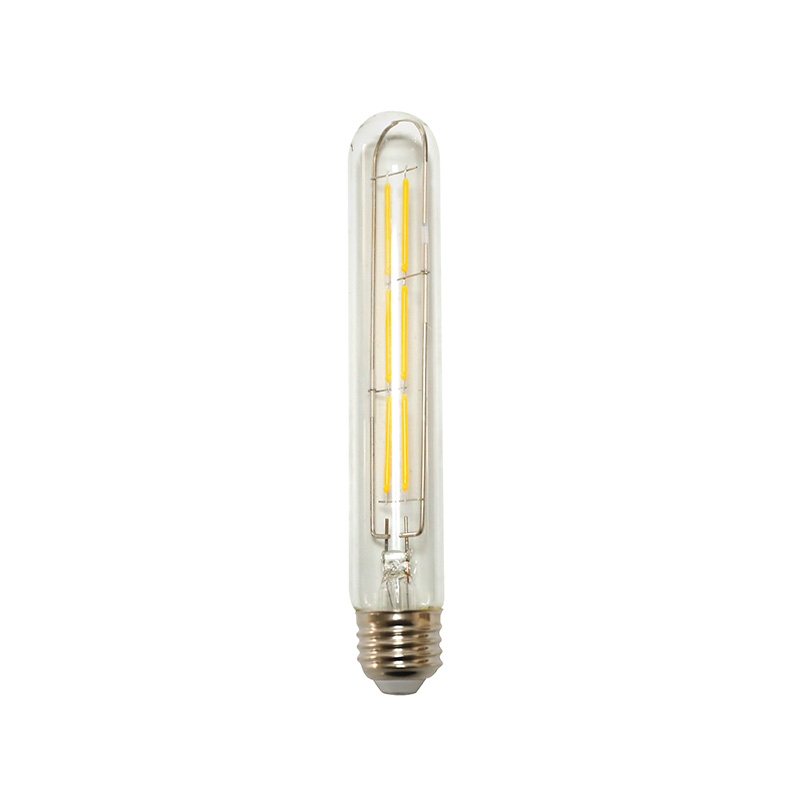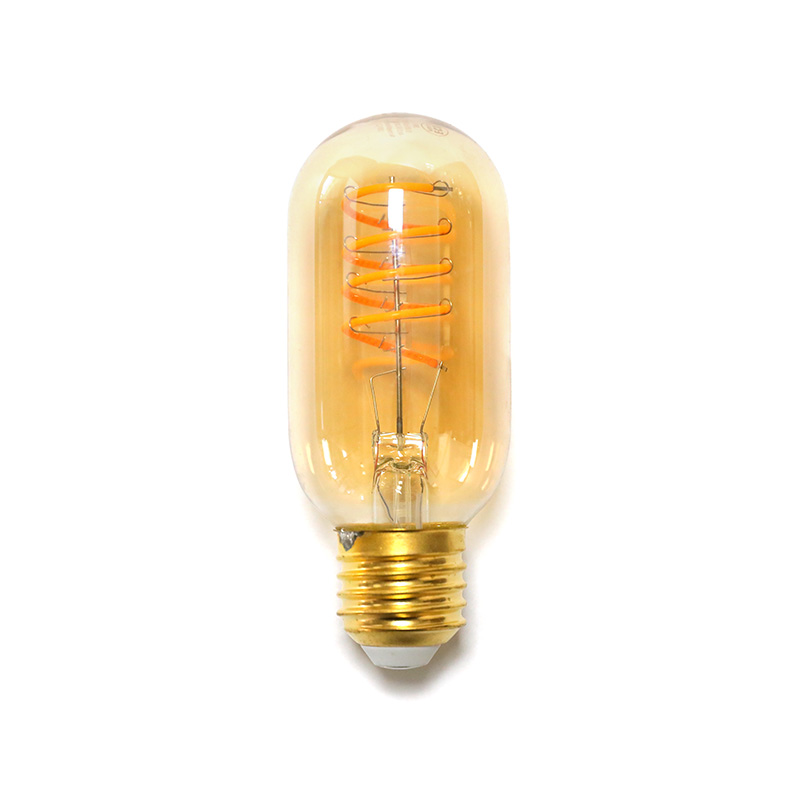Industrial environments often demand reliable, high-performance lighting to ensure safety, productivity, and energy efficiency. Among various lighting technologies, industrial high lumen filament lamps are valued for their intense illumination, longevity, and relatively simple design. However, one pressing question remains for many engineers and facility managers: Can these lamps maintain consistent performance under fluctuating voltages?
Understanding Industrial High Lumen Filament Lamps
Before evaluating their performance under fluctuating voltages, it is essential to understand how these lamps work.
-
Filament Structure and Function
Industrial high lumen filament lamps typically use tungsten filaments enclosed in a robust glass envelope. When electrical current passes through the filament, it heats up to extremely high temperatures, producing light. The brightness (measured in lumens) directly depends on the current passing through the filament. -
High Lumen Output
These lamps are designed to emit significantly more lumens than standard filament lamps, providing intense illumination suitable for large industrial spaces, warehouses, or production lines. -
Durability in Industrial Settings
Many industrial filament lamps are reinforced to withstand vibrations, heat, and occasional moisture exposure. Their durability makes them suitable for challenging environments where standard lamps might fail.
Voltage Fluctuations and Their Causes
Voltage fluctuations are common in industrial settings due to:
- Heavy machinery startup: Large motors draw high currents, causing voltage dips.
- Aging electrical infrastructure: Worn wiring or transformers can lead to inconsistent supply.
- Sudden load changes: Adding or removing equipment can create temporary voltage surges or drops.
- External factors: Utility grid instability, lightning strikes, or power-sharing arrangements.
These fluctuations can range from minor (±5%) to severe (±20% or more) deviations from nominal voltage.
Effects of Voltage Fluctuations on Filament Lamps
The performance of filament lamps under varying voltage is influenced by their physical and electrical characteristics.
-
Luminous Output Variations
The brightness of a filament lamp is not linear with voltage. In fact, filament lamps are extremely sensitive to voltage changes:- A 5% increase in voltage can raise light output by approximately 10–12%.
- A 5% decrease in voltage can reduce light output by 8–10%.
Consequently, even minor voltage fluctuations can cause noticeable changes in illumination, which can be problematic in industrial settings requiring consistent lighting levels.
-
Filament Life Reduction
Voltage surges increase filament temperature, accelerating evaporation of the tungsten filament. Over time, this reduces lamp life. Conversely, low voltage may prolong filament life slightly but at the expense of reduced brightness. -
Color Temperature Changes
Filament lamps also exhibit slight shifts in color temperature with voltage variations. Higher voltage may make the light appear whiter, while lower voltage may make it warmer or dimmer.
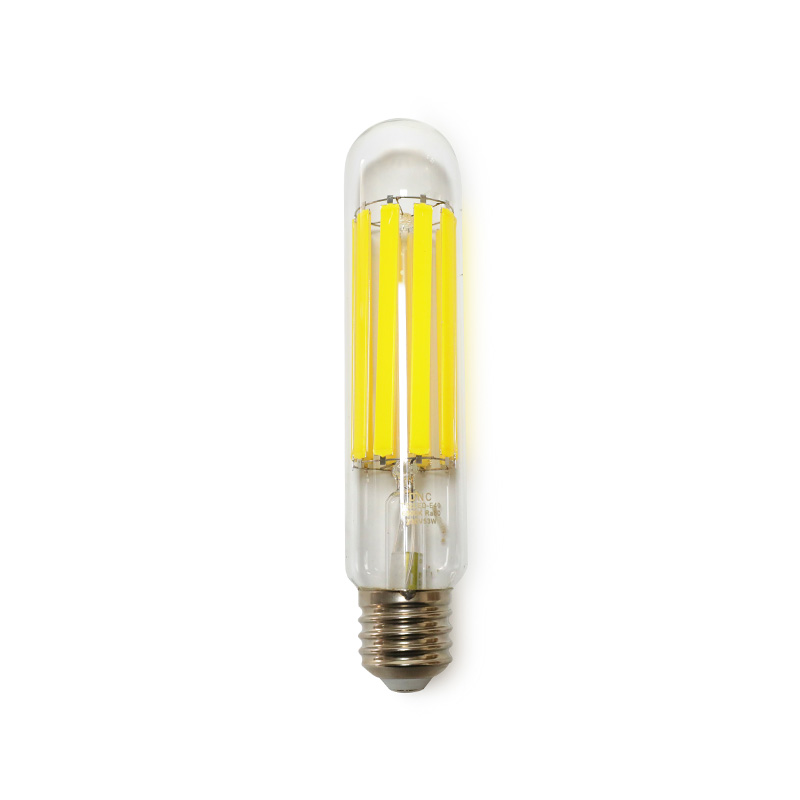
Engineering Solutions to Maintain Performance
Maintaining stable performance under fluctuating voltages is possible through several engineering strategies:
-
Voltage Stabilizers or Regulators
Installing voltage stabilizers ensures the lamp receives a consistent voltage, protecting it from surges and drops. This is especially effective in critical areas such as assembly lines or hazardous workspaces. -
Surge Protectors
Surge protectors prevent high-voltage spikes from damaging the filament. Though they do not correct low voltage, they reduce the risk of catastrophic failure during sudden surges. -
Upgrading Electrical Infrastructure
Ensuring that wiring, transformers, and power distribution panels are modern and properly rated reduces the frequency and magnitude of voltage fluctuations. -
Alternative Lamp Technologies
For areas with severe voltage instability, LED or high-intensity discharge (HID) lamps may offer better voltage tolerance, though they come with different maintenance and cost considerations. -
Design Considerations
Some high lumen filament lamps are engineered with thicker filaments or reinforced bases to tolerate voltage variations better. Selecting lamps rated for industrial applications is crucial.
Practical Considerations for Industrial Facilities
-
Monitoring Voltage Consistently
Industrial facilities should implement voltage monitoring systems to track fluctuations. Continuous monitoring can inform preventative maintenance or prompt upgrades to electrical systems. -
Balancing Performance and Longevity
Facility managers often face trade-offs: reducing voltage slightly may extend lamp life but decrease brightness, whereas allowing higher voltage increases output at the cost of shorter lifespan. Careful assessment of operational priorities is needed. -
Maintenance Scheduling
Regular inspection of lamps ensures early detection of blackened bulbs or filament thinning caused by fluctuating voltage. Replacing lamps proactively prevents uneven lighting and workplace hazards. -
Energy Efficiency Implications
Voltage fluctuations not only affect performance but also energy efficiency. Lamps running at higher than nominal voltage consume more power, potentially raising operational costs.
Case Study: Industrial Warehouse Lighting
Consider an industrial warehouse where filament lamps are used for high-bay lighting. During peak production hours, large machinery starts simultaneously, causing voltage dips of around 10%. Observations revealed:
- Light output temporarily dropped by 15–18%, affecting visibility in some zones.
- The lifespan of lamps in heavily fluctuating zones decreased by roughly 20% compared to lamps in areas with stable voltage.
- Installing voltage regulators restored consistent brightness and improved lamp longevity.
This case highlights the practical impact of fluctuating voltage on both performance and operational efficiency.
Conclusion
Industrial high lumen filament lamps are a reliable choice for intense illumination, but their performance is sensitive to voltage fluctuations. While minor variations may have limited impact, frequent or severe fluctuations can cause noticeable changes in brightness, color temperature, and lamp lifespan.
To ensure stable performance, industrial facilities should:
- Implement voltage stabilizers and surge protectors.
- Maintain and upgrade electrical infrastructure.
- Choose lamps specifically rated for industrial voltage conditions.
- Monitor and maintain lighting systems proactively.
By understanding the relationship between voltage and filament lamp performance, facility managers can balance lighting quality, safety, and lamp longevity—ensuring industrial operations remain efficient and well-illuminated.

 English
English русский
русский